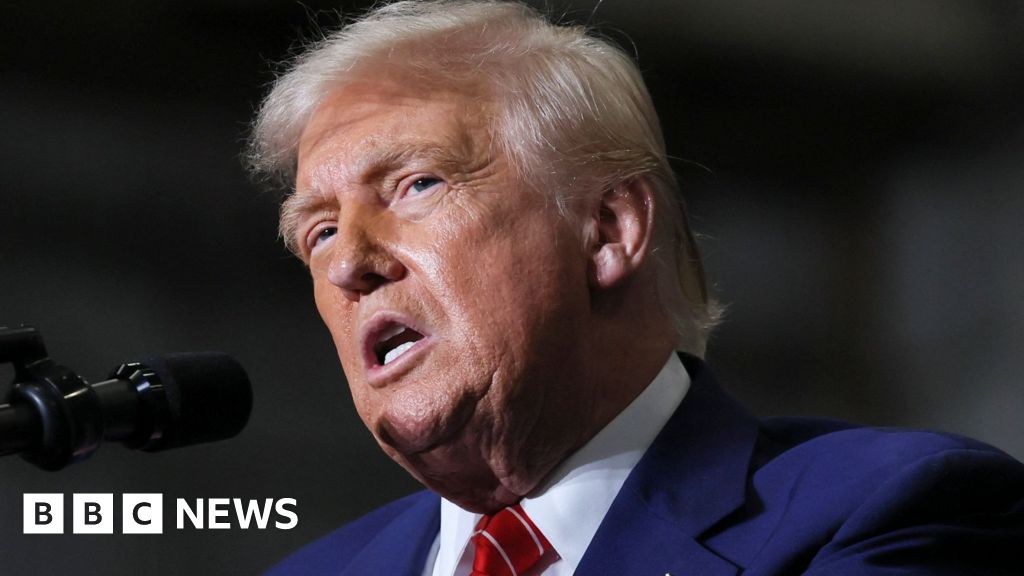Doubling Down on Steel: Trump’s Tariff Announcement
President Donald Trump made headlines with a bold declaration during a rally in Pittsburgh, Pennsylvania, announcing plans to double the tariff rate on steel imports from 25% to an eye-watering 50%. This move marks a significant shift in the U.S. trade policy and has immediate implications for the steel industry, both nationally and in local markets like Pittsburgh.
Aiming to Revitalize Local Industry
In his speech, Trump emphasized that the increased tariffs were aimed at revitalizing the local steel industry, which has faced challenges over the years due to international competition and fluctuating market conditions. By implementing a higher tariff, the administration intends to make imported steel more expensive, theoretically encouraging consumers and manufacturers to buy American-made products instead. This strategy aligns with Trump’s long-standing commitment to support American workers and foster domestic manufacturing.
Strategic Push Against Reliance on China
One of the key motivations behind the tariff increase is to drive down the nation’s reliance on foreign steel, particularly that sourced from China. The administration has long argued that imports can undermine local industries and compromise national security. By imposing steeper tariffs, Trump hopes to encourage U.S. steel production, reducing dependency on outside sources and safeguarding American jobs in the sector. This strategy resonates with many who believe that bolstering domestic industries is crucial for economic resilience.
A $14 Billion Investment into Steel Production
In a move that adds a layer of complexity to the tariff announcement, Trump revealed a major investment of $14 billion in partnership with U.S. Steel and Japan’s Nippon Steel. While specific details about the partnership are still emerging, this collaboration is projected to drive innovation and growth in the steel production sector. The financial commitment signals a robust investment in the American steel industry and reflects confidence in its potential to rebound, especially in areas with a historical connection to steel manufacturing.
The Evolving Tariff Landscape
Trump’s announcement is the latest development in his often-controversial approach to tariffs, especially following his re-election in January. His administration’s tariff policies have oscillated between aggressive trade negotiations and more conciliatory approaches. Observers note that this inconsistency creates uncertainty in the market, yet it also highlights Trump’s ongoing focus on prioritizing American jobs and industries. By significantly increasing tariffs, Trump may be attempting to reinvigorate support from his base, particularly in rust belt areas like Pennsylvania where steel production was once a cornerstone of the local economy.
Implications for Trade Relations
The doubling of tariffs also raises questions about the broader implications for U.S. trade relations, especially with key partners like China and other steel-exporting countries. Increased tariffs could lead to retaliatory measures from other nations, resulting in a tit-for-tat escalation that could affect multiple industries beyond steel. This complex web of international trade relationships adds a layer of intricacy to Trump’s decision, as the global market watches closely for responses from affected countries.
Through this bold tariff move, Trump aims not only to reinvigorate the American steel industry but also to assert a more aggressive stance in international trade negotiations. Whether these measures will successfully revitalize the sector remains to be seen, but they undoubtedly signal a significant moment in U.S. economic policy.


